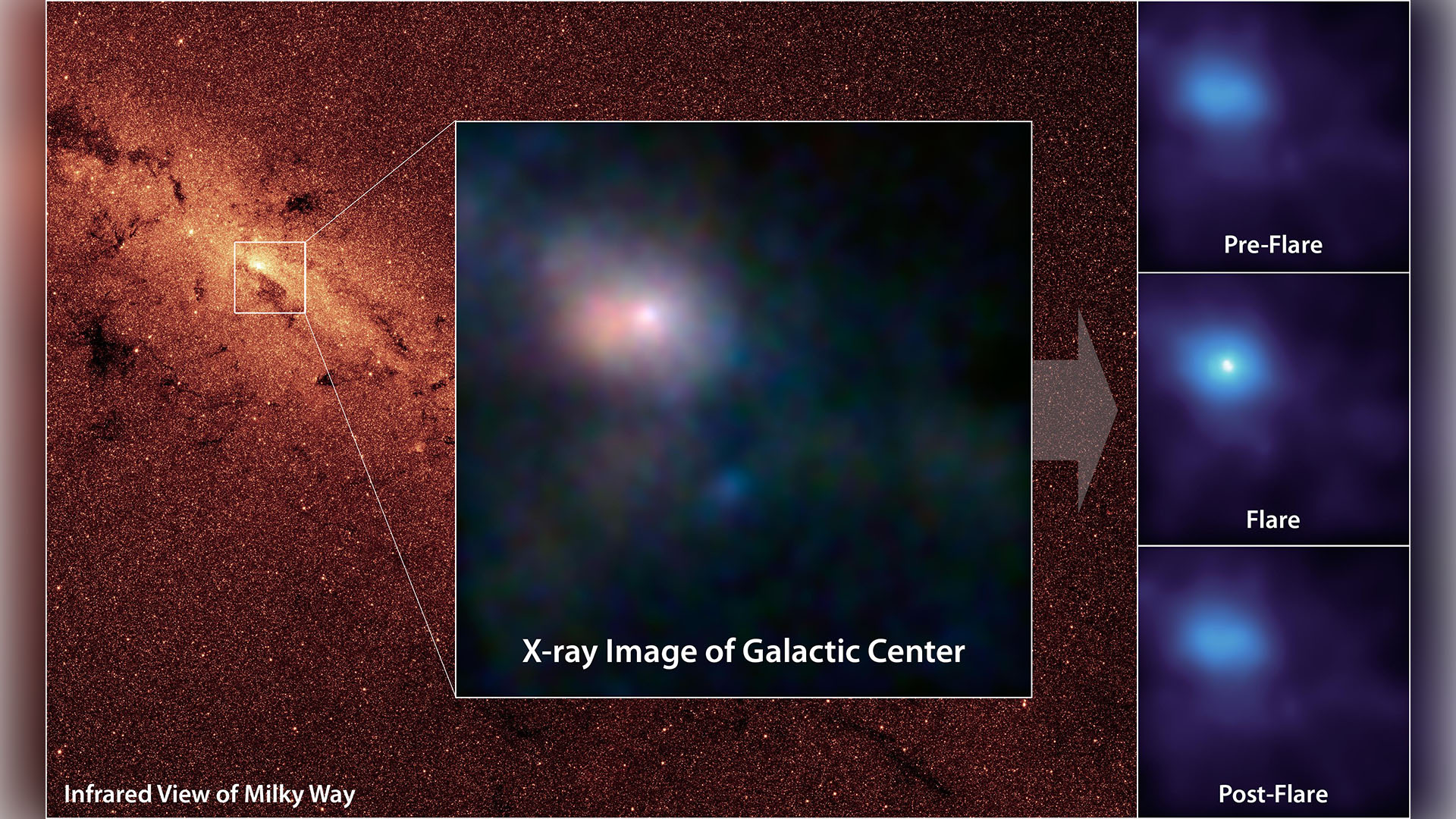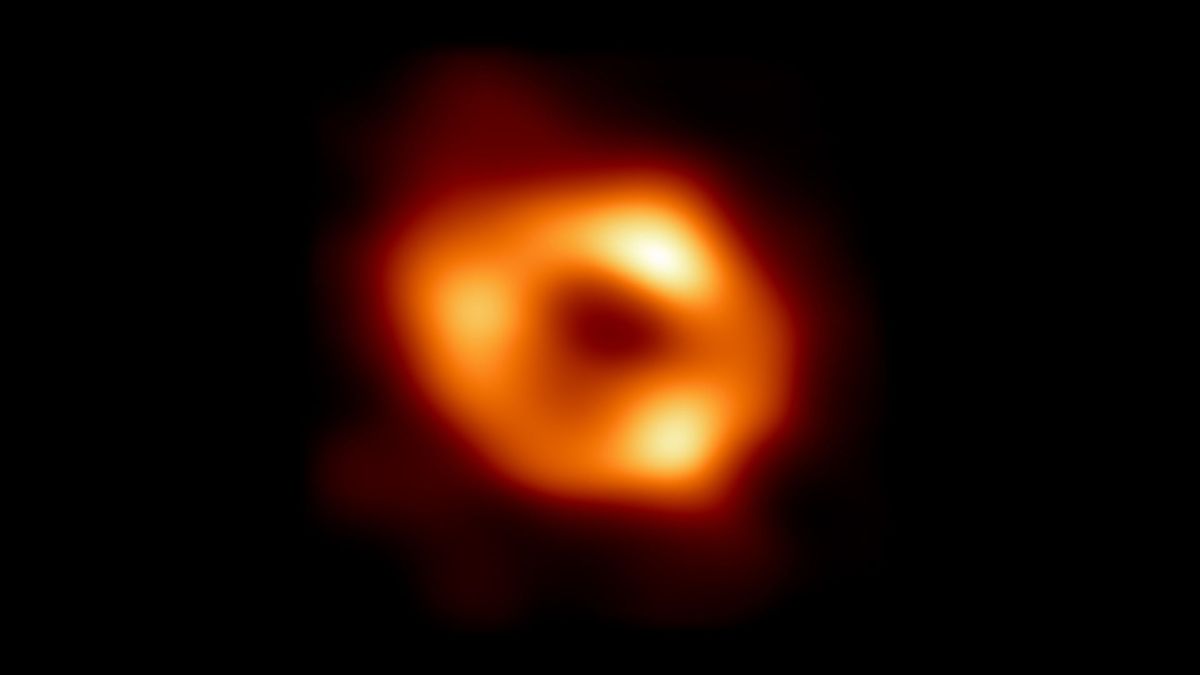There have been regular bursts of high-energy gamma-rays emanating from the heart of the Milky Way, close to the supermassive black hole. In new research published in the preprint server arXiv, two astrophysicists from the National Autonomous University of Mexico propose that these radiation pulses are coming from a spinning blob of gas circling the black hole at a speed close to one-third of the speed of light. The mystery surrounding the bursts of radiation from the Milky Way’s central black hole, Sagittarius A* (Sgr A*), may have puzzled astronomers for the past two years.
The gamma-ray emittance from Sgr A* was detected in 2021, and the scientists behind the observation found that the radiation wasn’t originating from within the black hole itself. As per the laws of physics, nothing, not even light, can escape the immense gravity of a black hole, which means that black holes don’t actually emit radiation. Therefore, the gamma-rays must be coming from the surrounding environment of Sgr A*.

While other supermassive black holes emit radiation from nearby matter in the form of accretion disks, the lack of surrounding matter near Sgr A*, which feeds on matter at a very slow pace, posed a contradiction in understanding the source of the gamma-rays. Using data from the Fermi Gamma-ray Space Telescope, the researchers observed periodic patterns in the gamma-ray emissions, closely related to the periodicity of X-ray pulses from the area surrounding the supermassive black hole.
After careful evaluation, the scientists proposed that both the gamma-rays and the X-rays are being emitted by a swirling “blob” of gas circulating close to Sgr A* at nearly one-third the speed of light. This discovery could provide valuable insights into the behavior of supermassive black holes, especially those with a low rate of matter consumption similar to the one at the center of the Milky Way.


